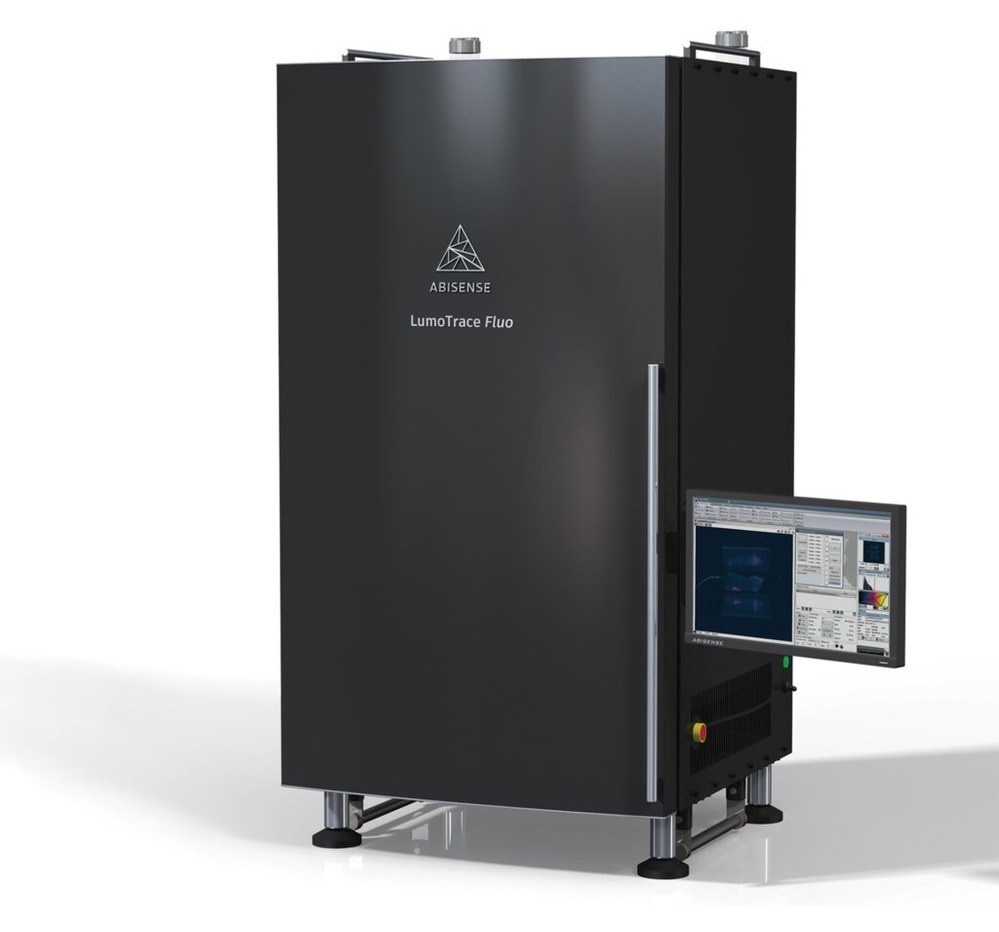Catalog
Equipment
2226 products
View:
- Selected: 0Areas of use
- Selected: 0Item names
- Selected: 0Manufacturer
- Selected: 0Made in
- Selected: 0Additional
View:
2226 products
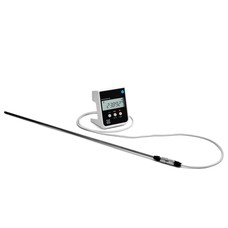
Laboratory electronic thermometer LTA-P
LTA-P provides an error of ± 0.5 °C in the range of measured temperatures from -70 to +500 ° C
The minimum immersion depth of the sensor is 75 mm
Overall dimensions of the electronic unit 80x75x100 mm
Weight 0.25 kg
Termeks
Tomsk
Produced in: Tomsk
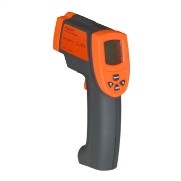
Pyrometer S-20.1 (-18...+500°C), LCU, 1:8
from
22 080 ₽
The infrared pyrometer S-20.1 is used to monitor the condition of objects and technological processes in various industries and farms, as well as during scientific research. In this case, the dimensions of the studied surface of the object are determined by the angular field of view of the pyrometer.
TEKHNO-AS
Kolomna
Produced in: Kolomna, Moscow region
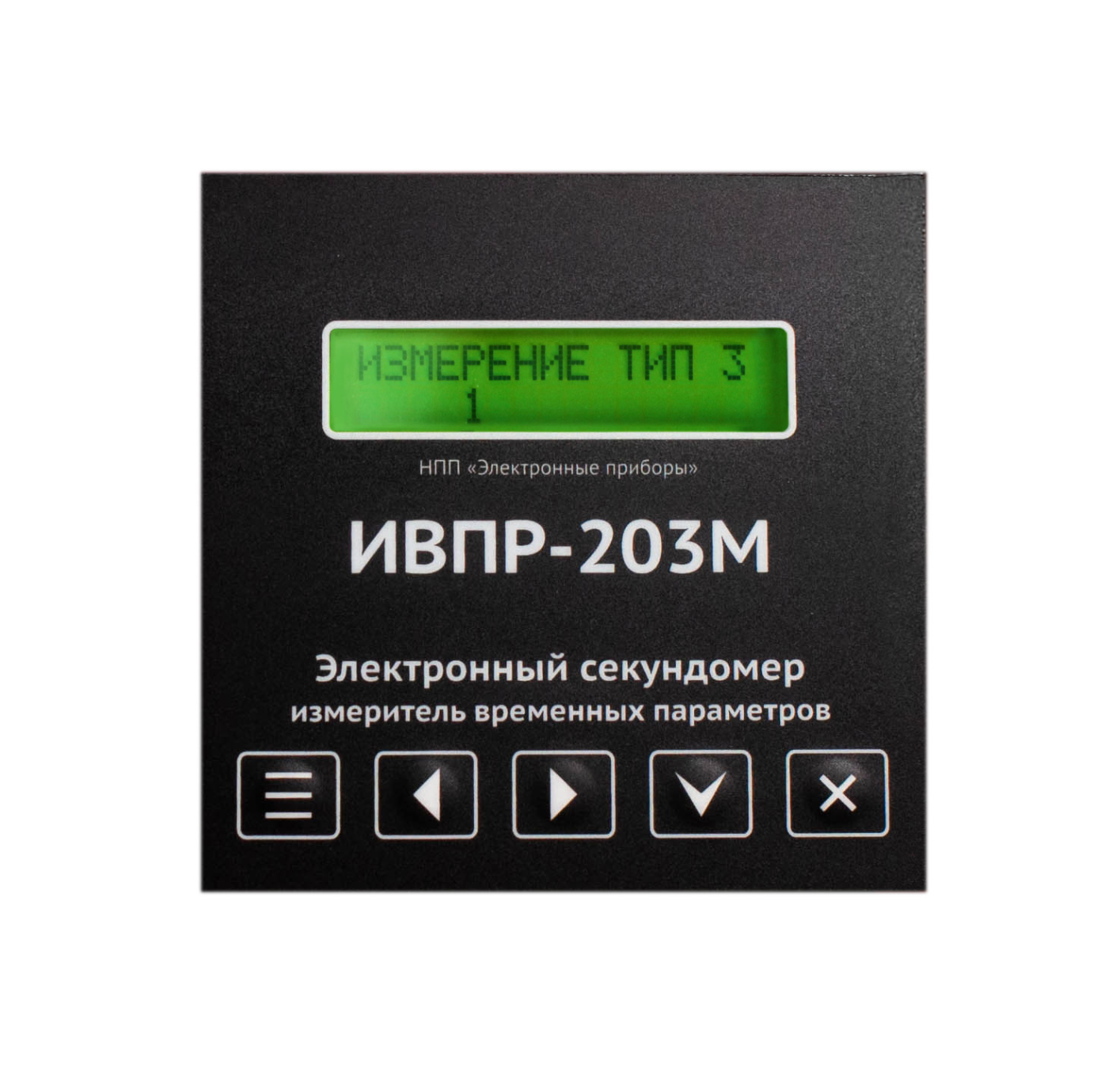
Electronic Stopwatch-Meter IVPR-203M
from
40 940 ₽
The electronic stopwatch - time parameter meter IVPR-203M is a universal shield device of a new type for monitoring and measuring the time parameters of relays, switches and switches of electrical equipment, relay protection, automation and telemechanics.
NPP "ELEKTRONNYE PRIBORY"
Naberezhnye Chelny
Produced in: Tatarstan, Naberezhnye Chelny

DOSIMETER‑RADIOMETER ISS‑AT1117M (STATIONARY‑PORTABLE DOSIMETRIC CONTROL POSTS)
High sensitivity
Audible, light and visual alarm of exceeding the set threshold levels
The possibility of using both stationary and wearable versions
Automatic recording and storage of at least 10,000 GPS-linked measurement results when using BOI4
The possibility of automatic data transfer to a remote server, as well as processing them in export application software when using BOI4
Atomtekh
Minsk
Produced in: Belarus, Minsk
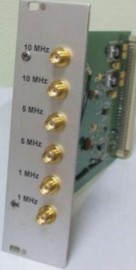
Amplifier module MUS-04
The module uses connectors of the SMA type. At the request of the customer, any combination of output signals is possible. When installing two amplifier modules in the above devices, the total number of output signals increases to twelve.
Ruknar
Nizhny Novgorod
Produced in: Nizhny Novgorod
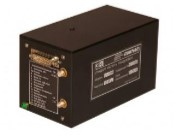
Rubidium frequency standard H1-1014
The built-in time scale shaper provides a pulse signal of 1 c at the output of the device.
Its small dimensions, weight, power consumption, and operating time allow it to be widely used as an embedded source of high-stability signals in frequency measuring devices and complexes, telecommunications systems, navigation and communication systems.
It includes a frequency binding module based on a pulse signal of 1 s from an external time scale or from a SRNS GLONASS/GPS receiver and a tunable frequency synthesizer with the ability to adjust the frequency via the RS-232 interface.
The built-in binding module allows the device to be used when operating in automatic correction mode as a source of a highly stable signal with a frequency error of ± 5 · 10-12 per day.
Ruknar
Nizhny Novgorod
Produced in: Nizhny Novgorod
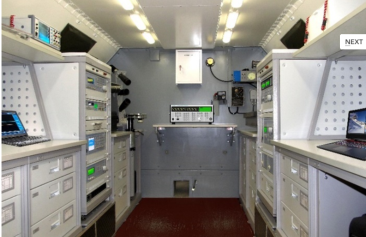
Mobile laboratory of measuring equipment PLIT-A2-4/1M
The complex is equipped with air conditioning, heating and ventilation systems to create and maintain a preset temperature level (20 ...25) ° C in the van body, at an outdoor temperature from minus 40 ° C to 40 ° C.
PLIT-A2-4/1M is equipped with a removable diesel electric unit with a capacity of 16 kW, which ensures the functioning of all systems in autonomous mode.
A set of functionally related working standards, special equipment and automation tools allows you to implement comprehensive metrological maintenance of measuring instruments at workplaces
TEKHNOYAKS
Moscow
Produced in: Moscow
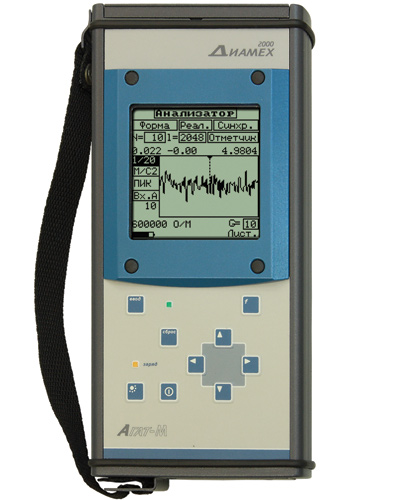
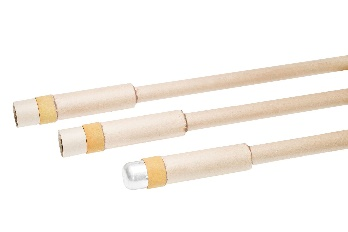
EVRAZCOMB – 3 in 1
Purpose: Measurement of temperature, oxygen activity and sampling of molten metal
Scope of application: Oxygen converters, electric arc furnaces, induction furnaces, casting buckets
Measuring range:
from 1 to 2000 ppm O - metal oxidation
from 1400 to 1800 °C - metal temperature
from 0.010 to 0.200% - carbon content
Accuracy: 0 + 3 °C at 1554 °C; (from 5 to 10) mV (depending on the oxygen activity level)
The shape of the selected metal shape:
Circle: thickness 12 mm
Oval: thickness 12 mm
Deoxidizer: Without deoxidizer, aluminum, zirconium, titanium
Measurement time: 8 sec
Tube Length: from 100 to 2500 mm (other length is possible on request)
Slag Cap: Steel, Aluminum, Copper, cardboard
Type of NSH: B, S, R
EVRAZPRIBOR
Lipetsk
Produced in: Lipetsk

SPECTROMETER MCG‑AT1321
- Search and detection of gamma radiation sources with identification of radionuclide composition
- Measurement of the ambient dose equivalent of gamma radiation
The combination of compactness and high sensitivity
The possibility to analyze the spectrum and identify radionuclides without using a PC
A built-in GPS module
Audiable, light and vibration alarms
Atomtekh
Minsk
Produced in: Belarus, Minsk
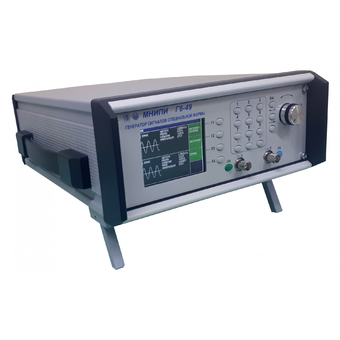
Signal generator of a special form G6-49
General characteristics:
USB 2.0 interface, SCPI support
Power supply ~ 230 V, 35 V*A
Operating temperature range from minus 10 C to + 40 C
Dimensions; weight 325×270×125× mm; 4 kg
MNIPI
Minsk
Produced in: Belarus, Minsk
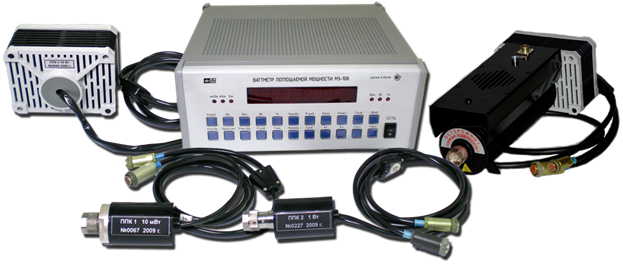
M3-108 • Wattmeter of absorbed power
Supertekhpribor
Mytishchi
Produced in: Mytishchi, Moscow region
